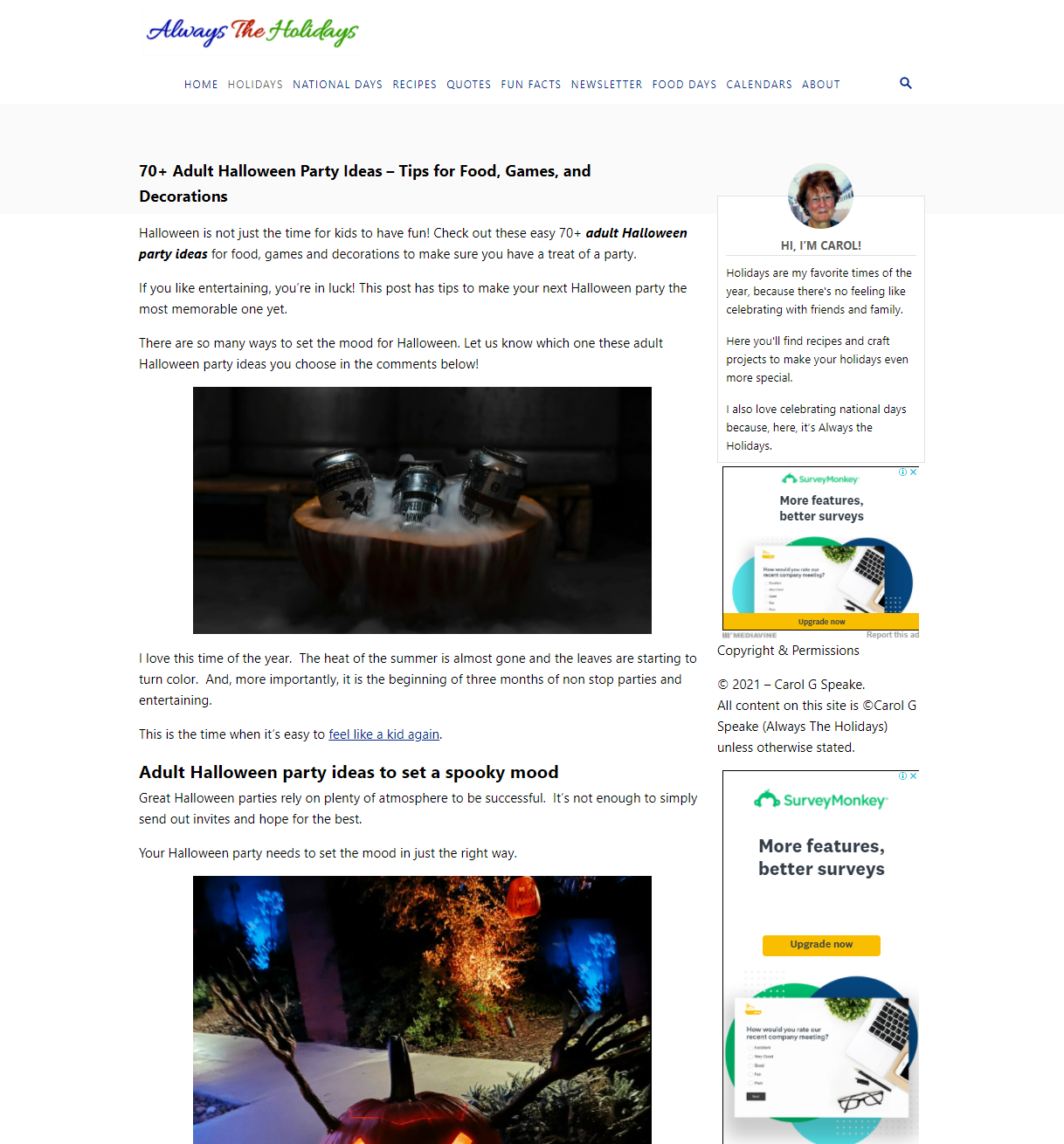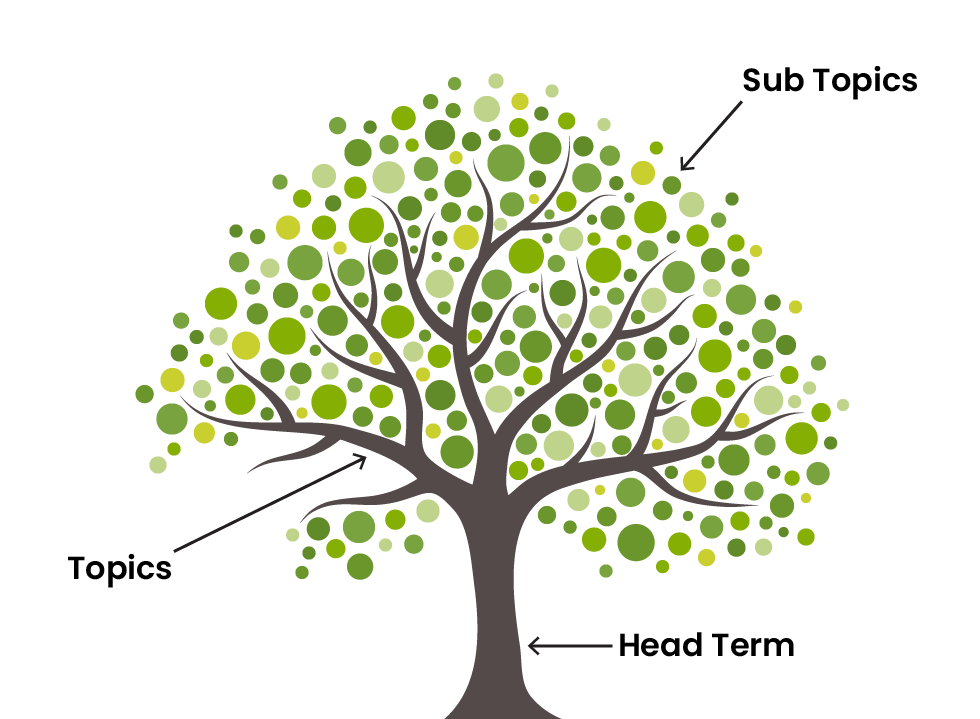The way search engines rank websites has come a long way in the past decade. When I was new to the SEO world, it wasn’t uncommon to see (and expect) content with a level of keyword integration that verged on spammy. Now, search engines have evolved enough to be able to identify whether content is of high quality or not and adding keywords a bunch of times is not it!
While search engines must still rely on analysing content through the use of data (for now) and there are always improvements to be made, Google has made it clear that high quality content always wins. But how do you do that? This is where content pillars come in…
This is why content pillars are so important.
They make it easier on the user and in turn, easier on search engines to understand and rank your site, which ultimately results in what we all want – more traffic and higher rankings!
How to use pillars in your content strategy
If you are trying to figure out where to start with content on your site, whether it be new pages or blogs, content pillars can guide your brainstorming and provide a solid strategy path for months to come. It is important to understand that there is no one way to create a pillar page and content but there are some main points all pillars follow.
Start with a head term
The first step is to think of a few overarching topics that will be the trunk of your “trees”. This is usually a broad term (no more than three words) with high search volume (at least 1,000 searches per month but ideally up to 5,000). It should relate to at least one of your products and/or services and be something your audience will search for. Think both from a keyword perspective and a user perspective. Using the example above, this could be “Halloween party ideas”.
Link more granular topics to your head term
The next level of the tree are the branches coming from the trunk. These provide more content and a more specific area of conversation. This is where you want to be ranking. These topics are a bit longer than your head terms, with slightly lower search volume. One way to find these is through Google’s autocomplete functionality. For example, when you plug in the head term or even just “halloween party”, additions like for adults, for kids, decorations and food all show up. For Delish, some titles that fit into this could be “The Best Halloween Party Decor On Amazon Right Now” or “45 Spooky Eats For A Grown-Up Halloween Party”.
Go even more granular!
Now we’re at the leaves of the tree. These stem from the branches and are the regular content creation you want to do consistently, they are the sub-topics. The potential for ideas at this level is vast, with the goal being you are answering those questions people plug into search engines, and often considered “long tail” keywords. Delish’s content kind of overlaps between branches and leaves in this case (and sometimes there is little differentiation here). However, a question that fits into this section could be “what are some good costumes with friends”, which could lead to the article “36 Best Friend Halloween Costumes”, or “how to celebrate Halloween at home” (very relevant in 2021), which would fit with “15 Halloween Activities You Can Do At Home”.
Start building links
Now let’s make a forest! Your content pillars are a great little orchard of trees, but a forest is more likely to thrive well into the future, right? Bear with us – these trees are links from other sources. Link building is a huge deal in the land of SEO and even if your content is amazing, if no one else links to it and another site has similar quality but more links, you can guess who would win. Links towards your articles show other people think it’s worth reading too. It is also important to have good internal linking to ensure your content is not siloed and maintains the clusters and pillars associated with it. So make sure there are strategies in place for building links and sharing content, as well as developing it.
Are you saying I should be creating hundreds of pieces of content?
Sounds overwhelming, doesn’t it? It’s unrealistic and content coming thick and fast won’t help anyone. Quality will lower, you’ll run out of steam (or ideas), and it generally won’t be effective. Good things take time and SEO has always been a long game, so don’t stress about creating content instantly. Instead, build out your tree as a strategy and start with one trunk and one branch. Focus on this and build your content over time and see your forest grow!
Pillar content can be powerful but it does take time and effort to create. Focus on one area and go from there. If you need help crafting a strategy, developing content, or even building links around it, our team loves making content work for you, so get in touch!



